We talk about supercars, superheroes, superbikes, etc but has anyone ever talked about super animals? Animals who are so fast with there actions that it becomes difficult to notice them. Some animals are designed to become the fastest of all. Among all, many creatures are there who run fast, who swim fast and some of them fly fast.
Top 15 Fastest Creatures That Deserve To Be Known
1. Peregrine Falcon – 389 km/hr
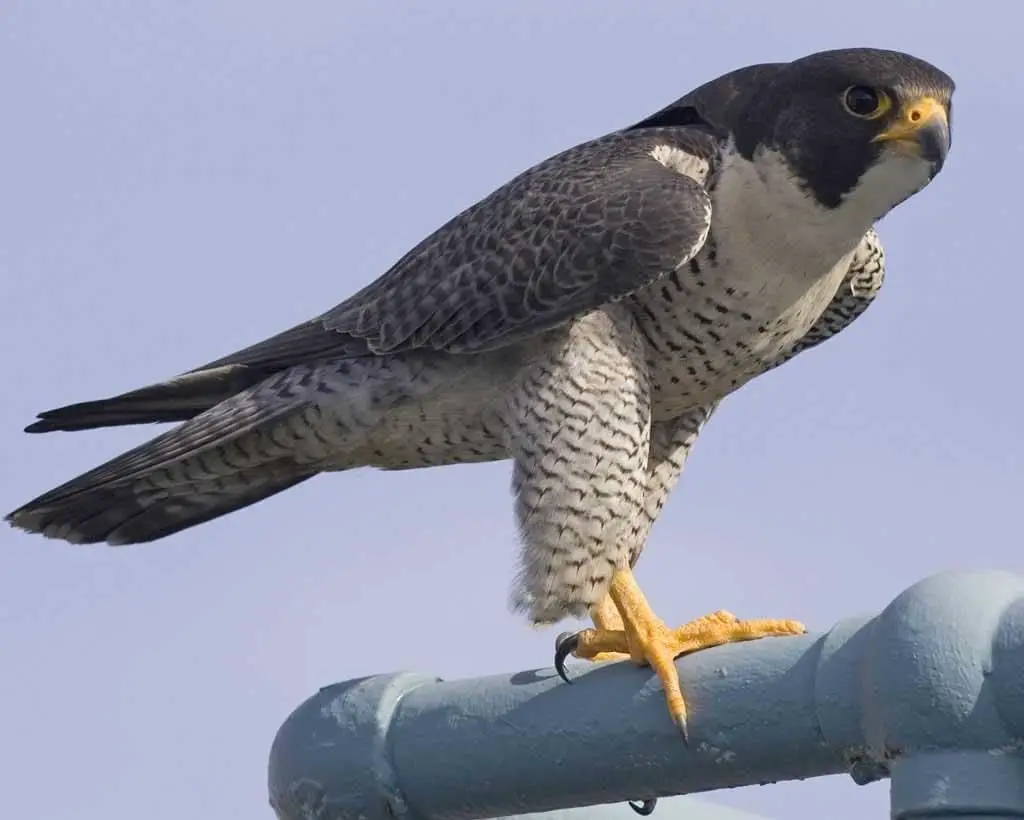
It is a large, crow-sized falcon, and has blue-black colored back. They are found in mostly all parts of the world except for the places where there is an extreme climate. These birds have a wingspan of 70-120 cm and a body length of 34-58 cm. Males have a weight of 330-1000g and females have a weight of 700-1500g. These birds usually prefer to feed on shorebirds, ducks, grebes, gulls, pigeons, and bats.
2. Golden eagle- 320 km/hr
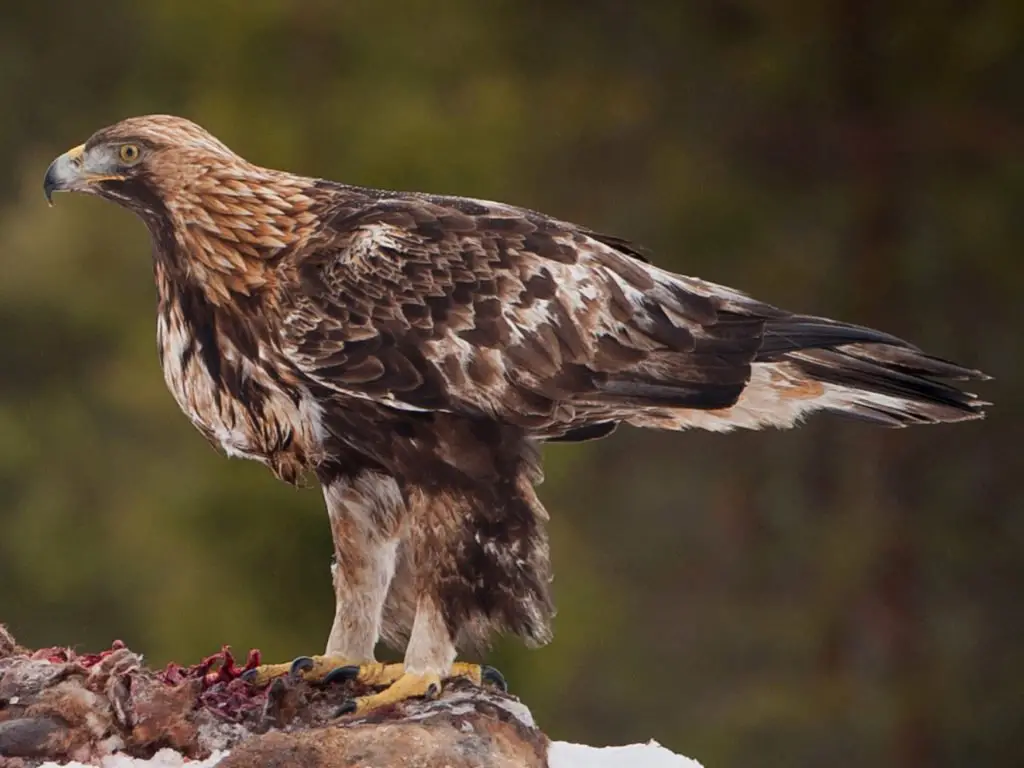
These birds are found in the northern hemisphere and belong to the family of Accipitridae. These birds are light brown and have golden-brown plumage on their napes. Their prey is mostly rabbits, hares and marmots, and other ground squirrels. They maintain their home range up to 200km square. Their scientific name is Aquila chrysaetos. Their breeding activities take place mostly in springs, they built a nest in high places and they come there during the breeding period.
3. Mexican free-tailed bat – 160km/hr
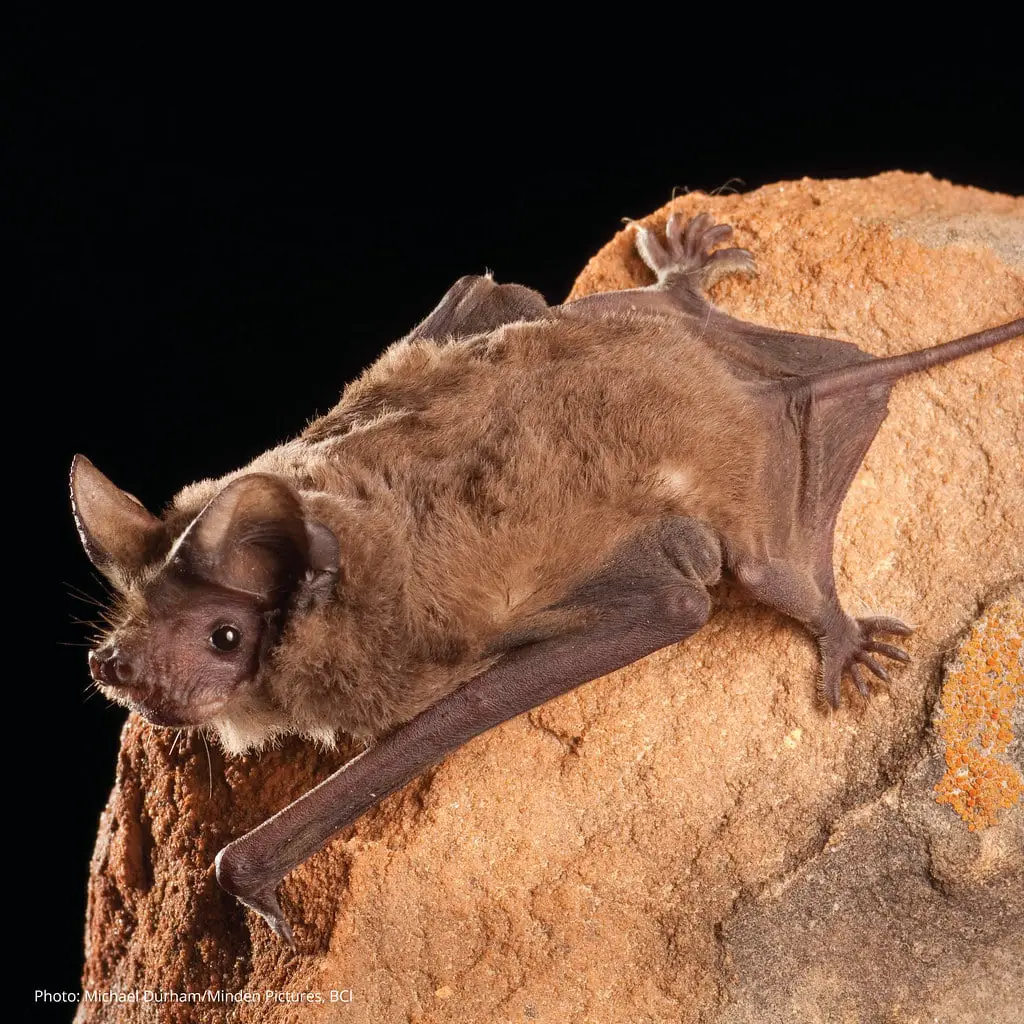
These are the most abundant animals of North America, they are medium in size and scientifically they are known as Tadarida brasiliensis. They have ranged from half of the southern United States through most of Central America. They are absent in the Amazon forest. They are mostly found in caves or dark places. They feed on beetles, bugs, flies, dragonflies, and ants.
4. Frigate bird – 183 km/hr
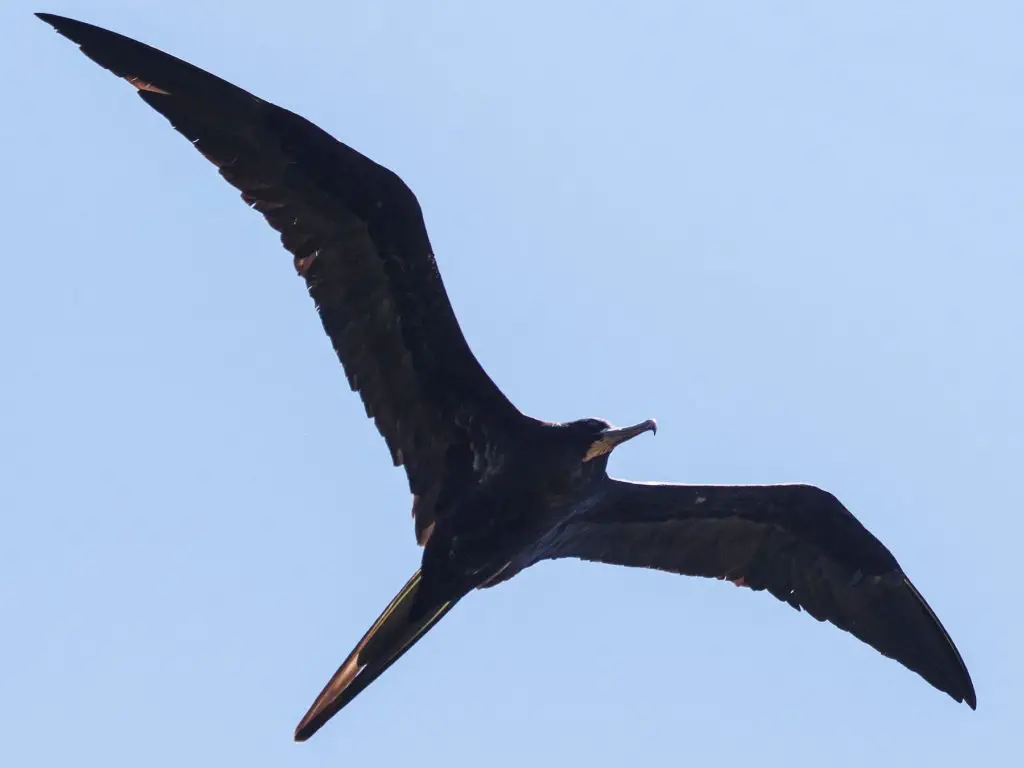
They have black plumage, long, deeply forked tails and hooked bills, these are seabirds that are found in tropical and subtropical oceans. They can stretch their wings up to 2.3 feet. They feed on fish, herring, tuna, and squid. Frigatidae is its scientific name. They travel over the ocean and do not come back inland until the island is present.
5. Housefly – 145km/hr
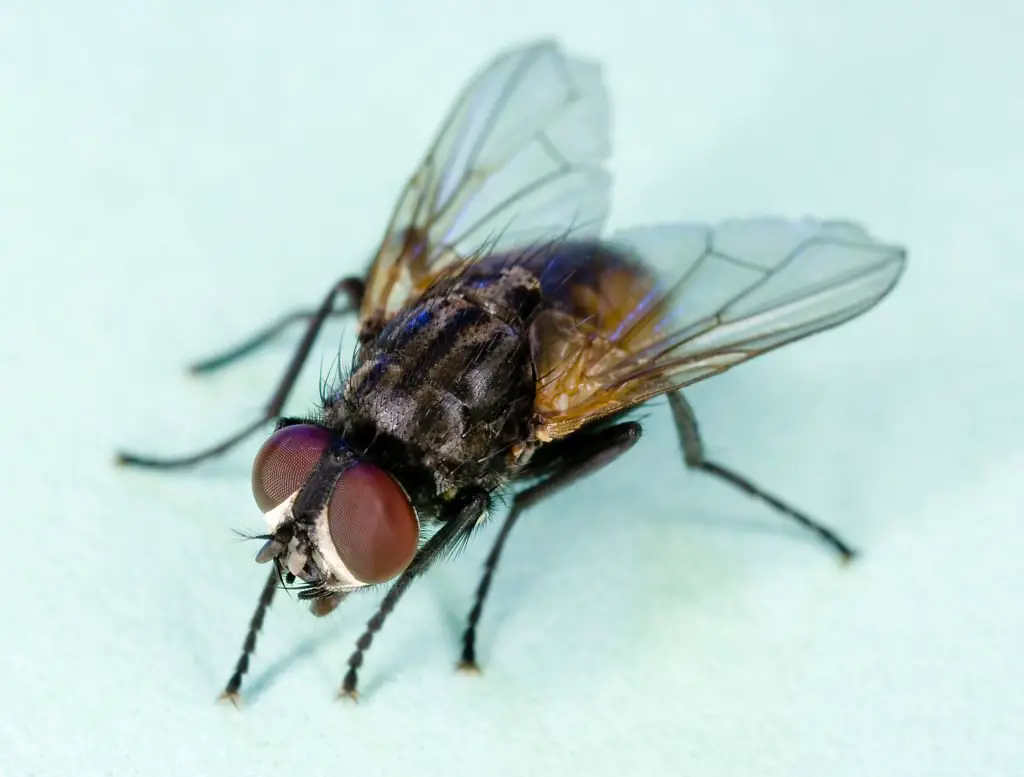
This species has evolved from the Middle East and later it was spread all over the world. They have grey to black color, with four dark, longitudinal lines on the thorax and slightly hairy body. Female housefly stores sperms after one intercourse and lays eggs which are 100 in number together. They mostly lay eggs on food, carrions, or feces. They feed on liquid or semiliquid substances.
6. Black marlin – 129km/hr
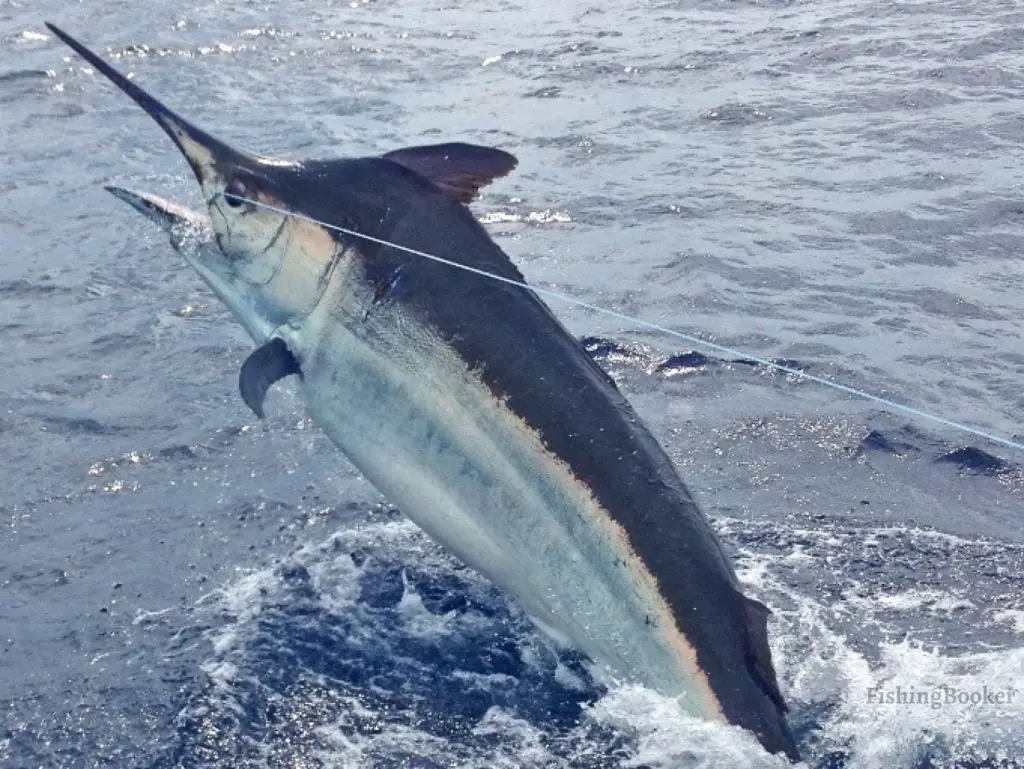
This fish is highly prized in the fish game and is one of the fastest fish. These fish are generally found in the Indian or Pacific Ocean, also in the Gulf of California and Chile. Its maximum height is 15.3 feet and has a weight of 750 kg. They prefer to eat other fish and cephalopods. Istiompax India is its scientific name and they breed in the summer.
7. Cheetah – 110km/hr
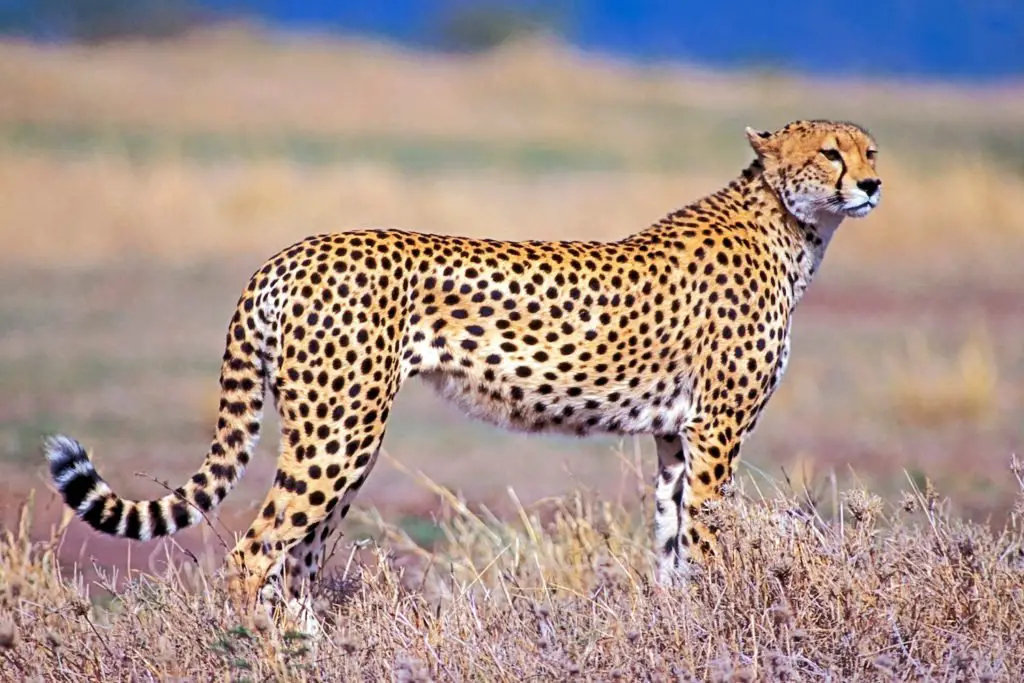
These animals mostly prefer to live in dry forests, scrub forests and savannas. There are a total of 7100 cheetahs in the wild. It is a carnivore and mostly preys on antelopes. Acinonyx jubatus is its scientific name. They breed throughout the year and generally produce three to five cubs. Their weight can be from 21 to 72kg.
Read also – Top 15 Tea Flavors Around the World
8. Sailfish – 109 km/hr
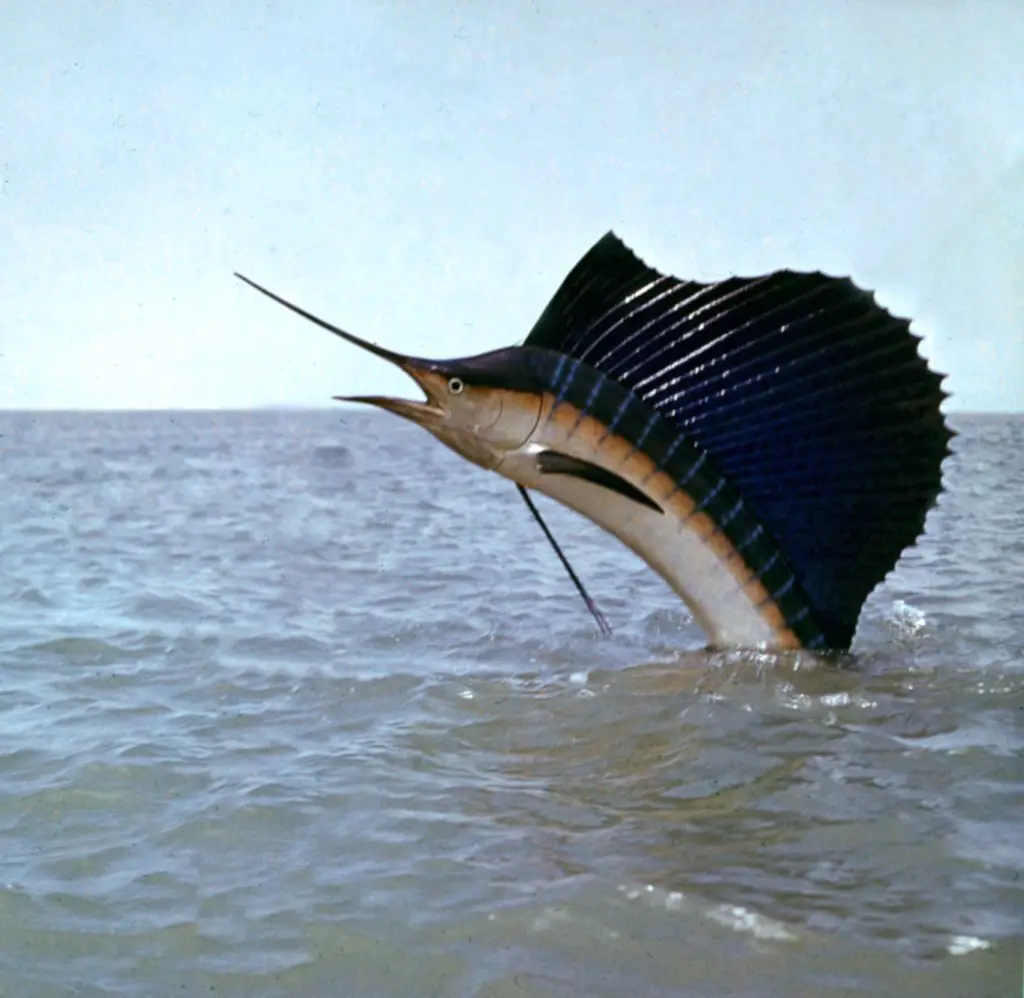
They are blue to grey in color and they prefer to live in cold areas of the ocean. They have dorsal fin which is known as a sail. There are two species of this creature, the first being Atlantic sailfish. It grows very fast reaching up to 1.2-1.5 m in a single year. It generally doesn’t grow more than 3 meters. They feed on small fishes such as anchovies and sardines. Its scientific name is Istiophorus.
9. Ostrich – 96.6 km/hr
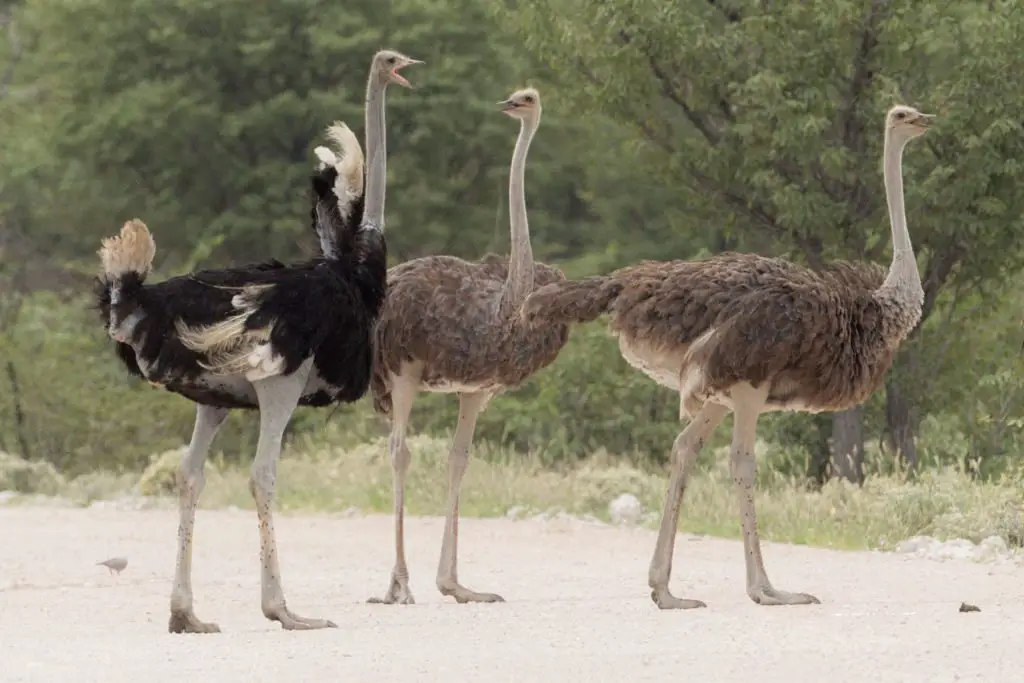
There are two types of an ostrich -Somali ostrich and the common ostrich. These flightless birds are mostly found in South Africa and equatorial forest zone ie savannas and Sahel. Their scientific name is Struthionidae. The weight of an adult male ostrich is 120 kg and the female ostrich is 100 kg. Their height is 2.1 m to 2.8m in males and in females it is 1.7-2metre. They feed on roots, leaves, seeds, etc.
10. Pronghorn – 85.5 km/hr
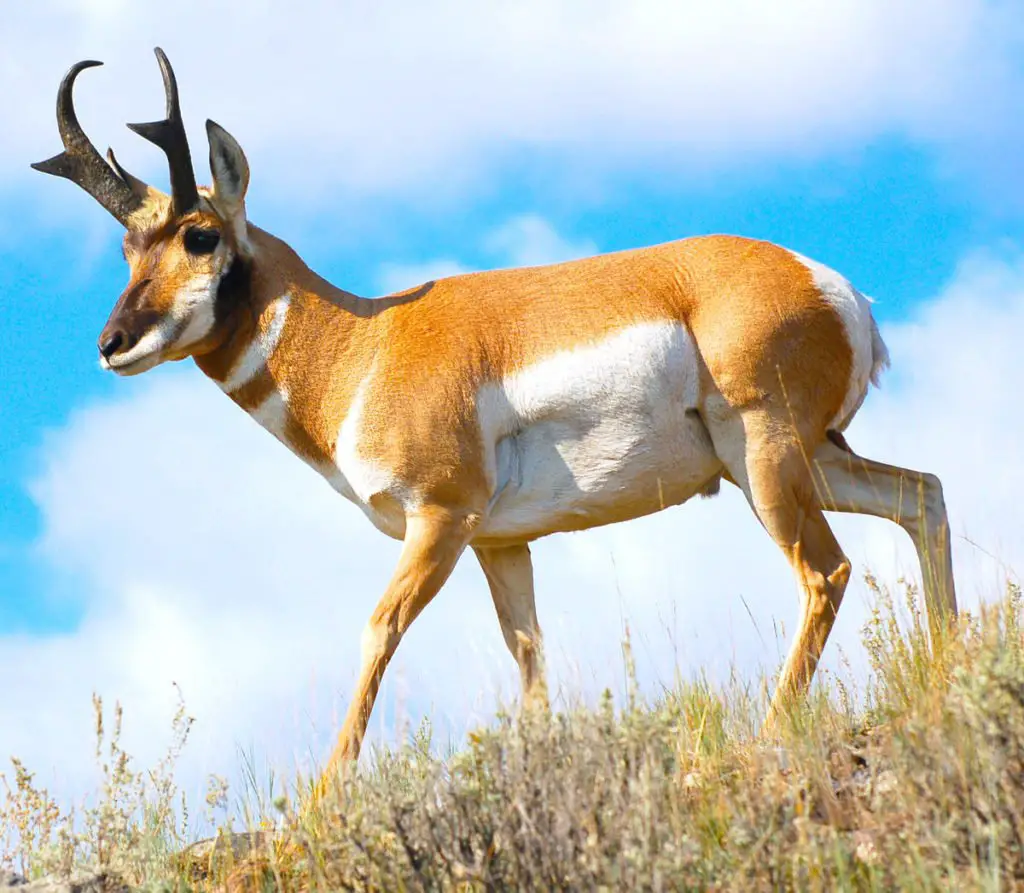
It is a North American mammal. There are a total of 12 species of this animal. Its scientific name is Antilocapra americana. They feed on grasses, forbs, sagebrush, and other prairie plants. Their height is 81-100 cm. They have a gestation period of 235 days. The weight of a male pronghorn is 40-65 kg.
11. Springbok – 88 km/hr
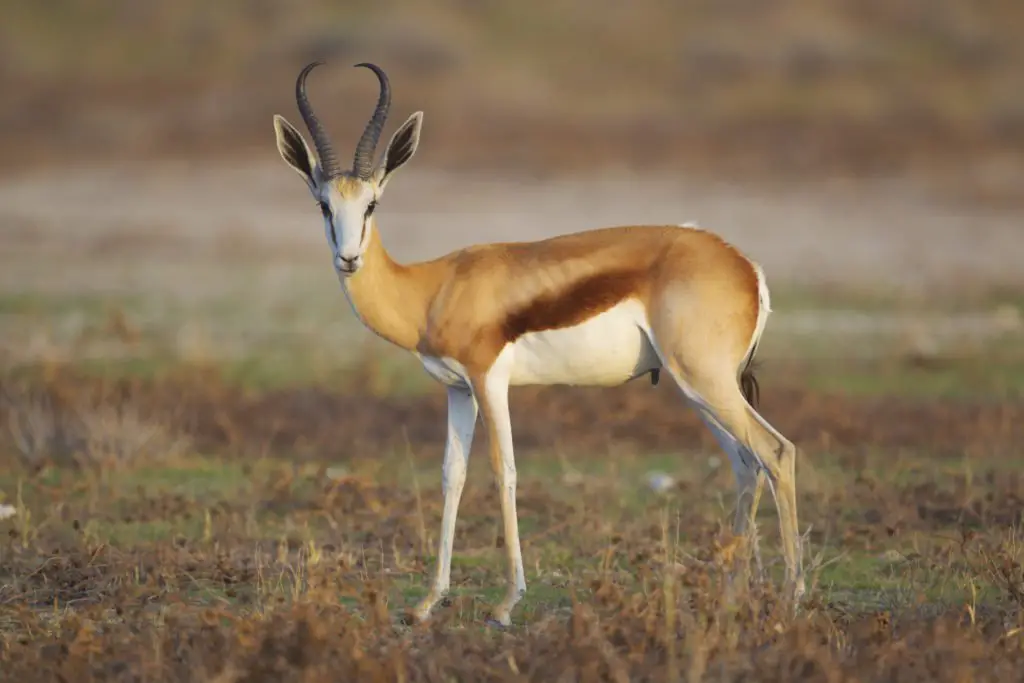
These animals are found in southern and southwest Africa. They have a weight of 27-42 kg. They have 35-50 cm of horns that are turned backward. They breed year-round, and peaks in the rainy season when forage is most abundant. They belong to the Bovidae family. Their scientific name is Antidorcus Marsupialis.
12. Blue wildebeest – 80.5 km/hr
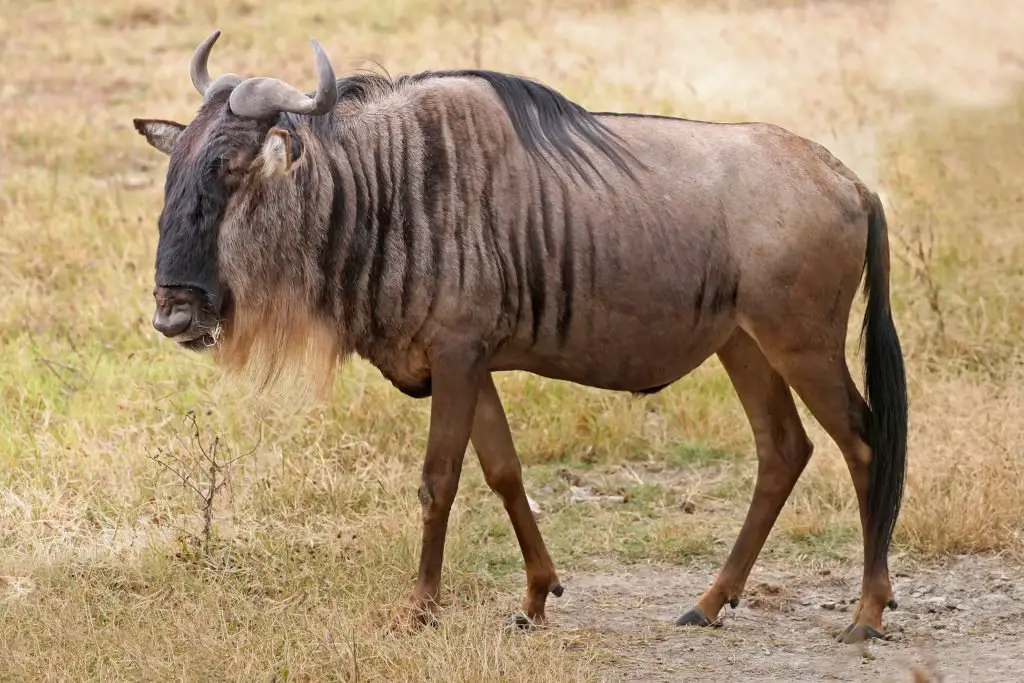
There are two species of wildebeest and blue wildebeest is one of them. They are born tawny brown and they start adult coloration at the age of 2 months. Their color varies from a deep slate or bluish-grey to light grey or even greyish-brown. Both males and females have large brown horns. Their gestation period is 8.5 months. Their weight is around 600 pounds. These are herbivores and feed on grass.
13. Lion – 80.5 km/hr
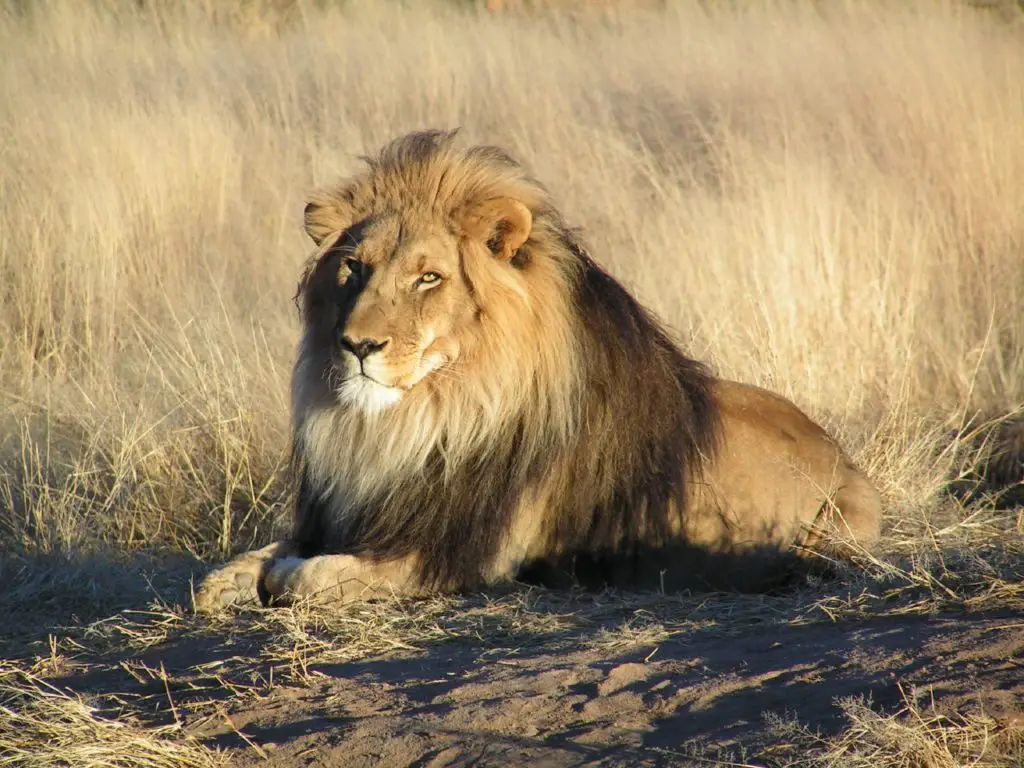
The lion is a muscular, deep-chested cat. Its length is 184-208 cm. Female lions usually hunt together.
Their gestation period is of 105-110 days. They are carnivores and they feed on raw, chunks of meat. Their life span is 10- 14 years. A lion can mate up to 100 times a day and the process lasts up to 17 seconds. They live in groups called pride.
14. Blackbuck – 80 km/hr
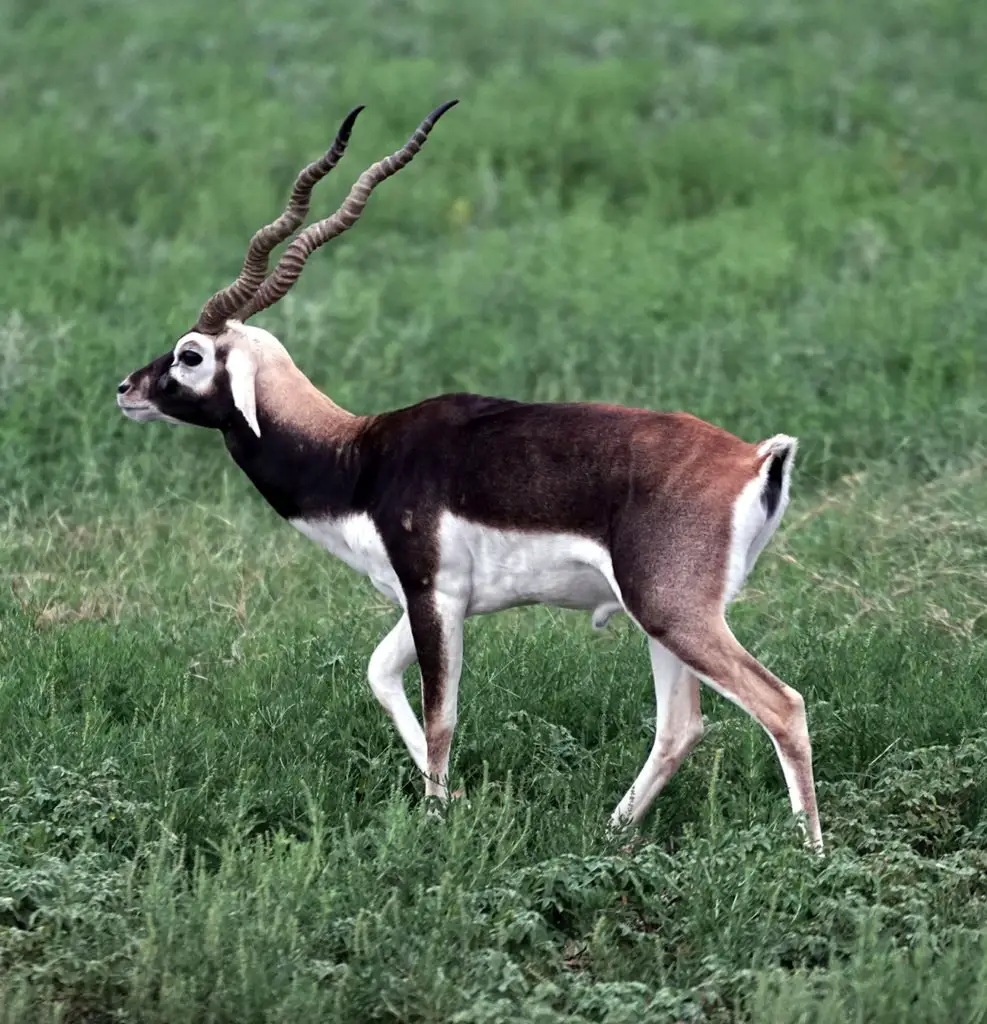
This animal is found in India, Nepal, and Pakistan. The weight of male blackbuck is 20-57 kg and females are 20-33 kg. The females become sexually mature at 8 months but they never mate before 2 years. Their lifespan is 10-15 years and the gestation period is of 6 months. They are herbivores and feed on low grasses, sedges, fall witchgrass, mesquite, and live oak.
15. Hare – 80 km/hr
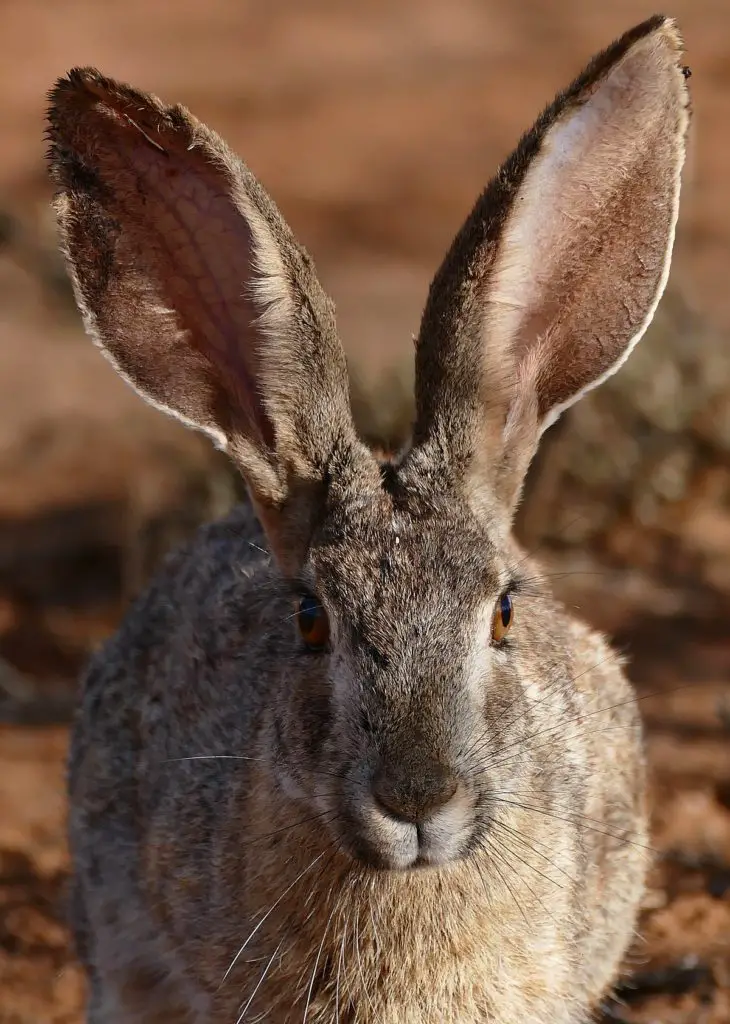
These are found in Africa, Eurasia, North American, and the Japanese Archipelago.
Hares are herbivorous and they feed on grasses and herbs, twigs, buds, bark and field crops. Their scientific name is lepus. Their gestation period is 11-12 months.
Read also – Top 15 Weirdest Relationship Around the World